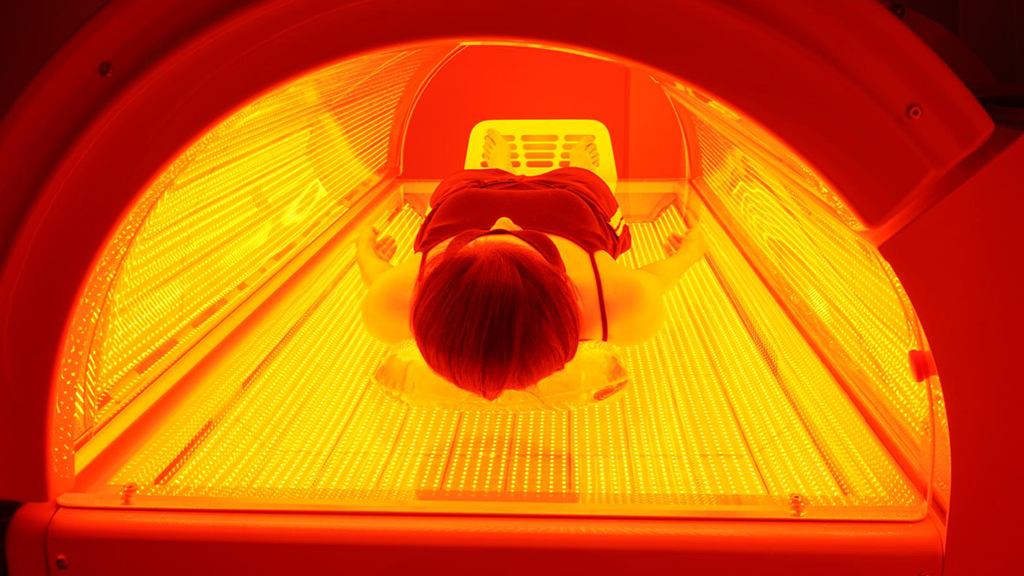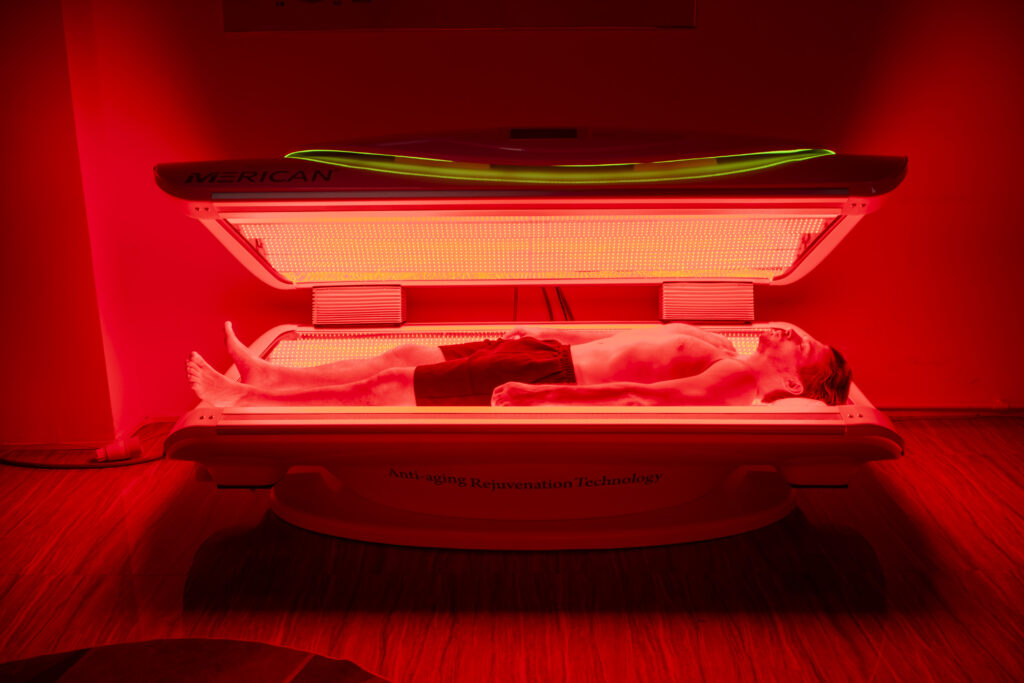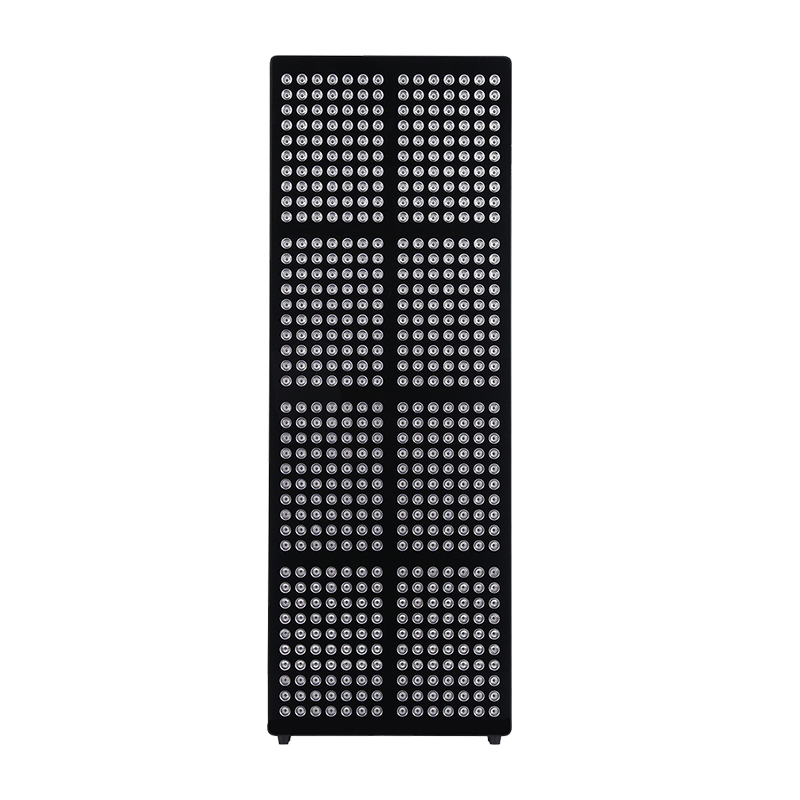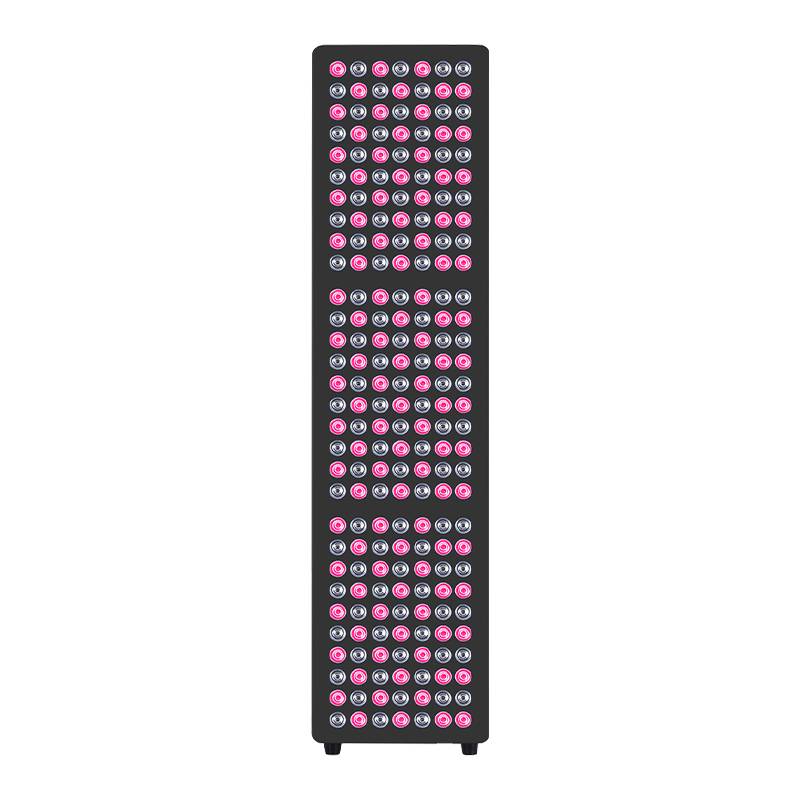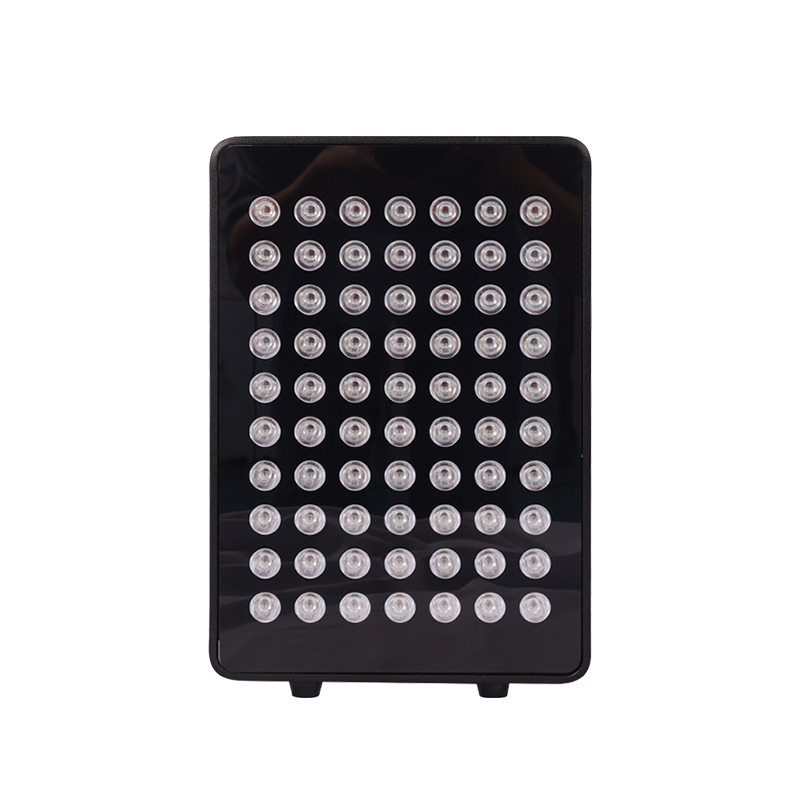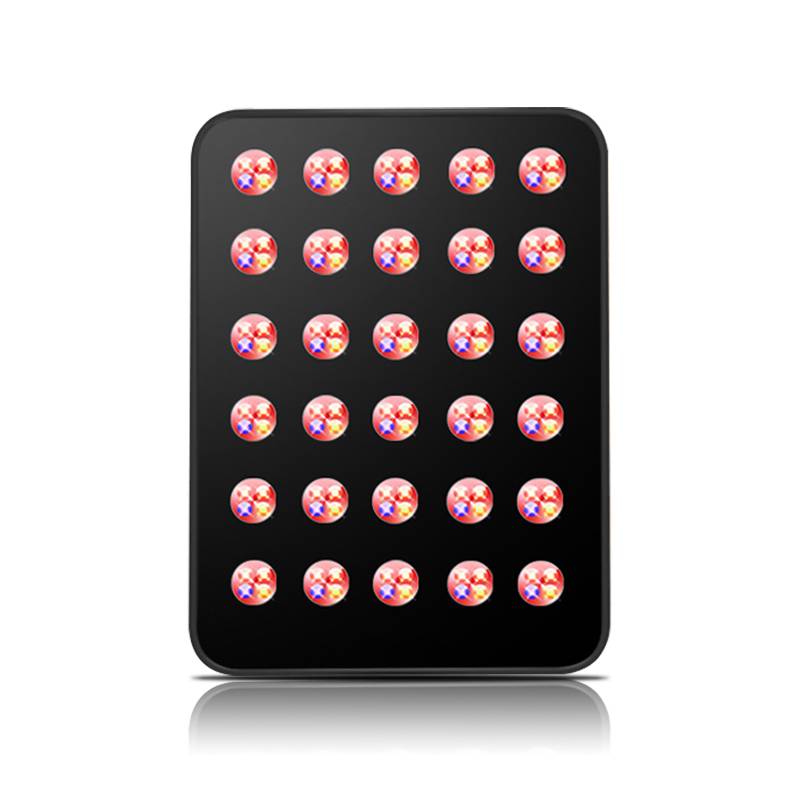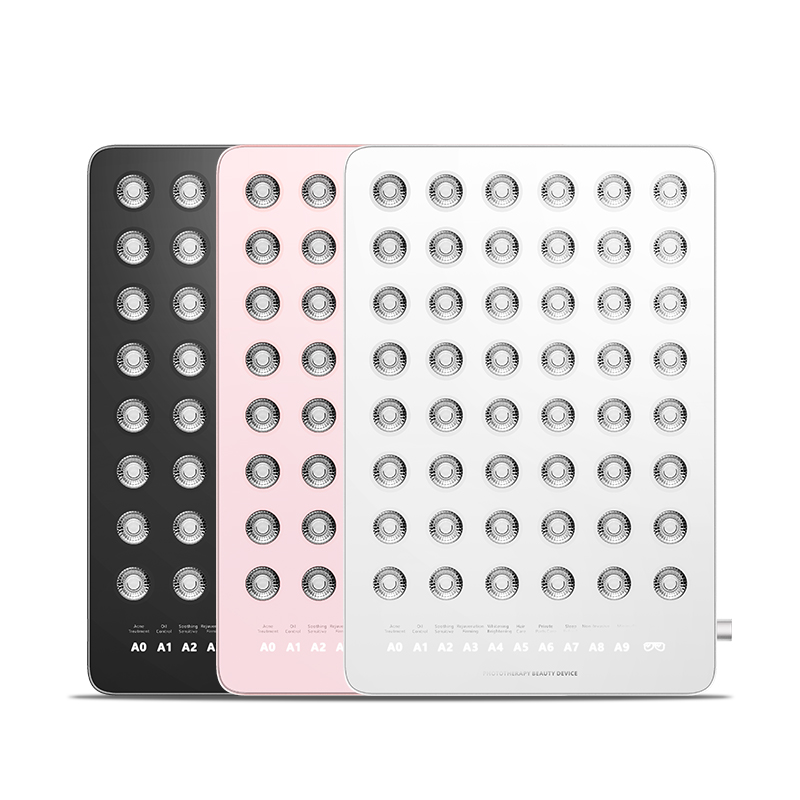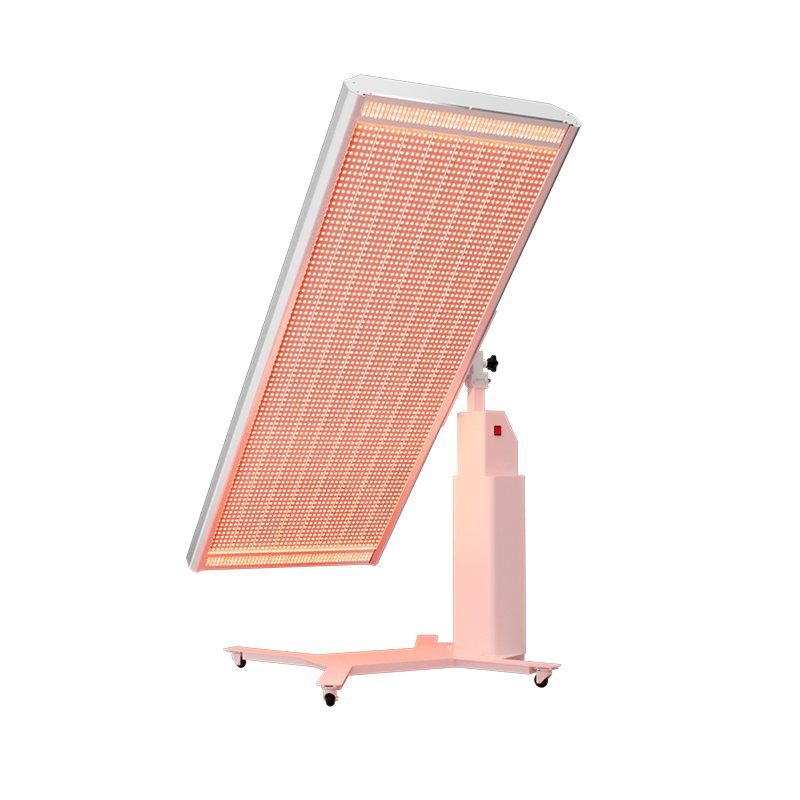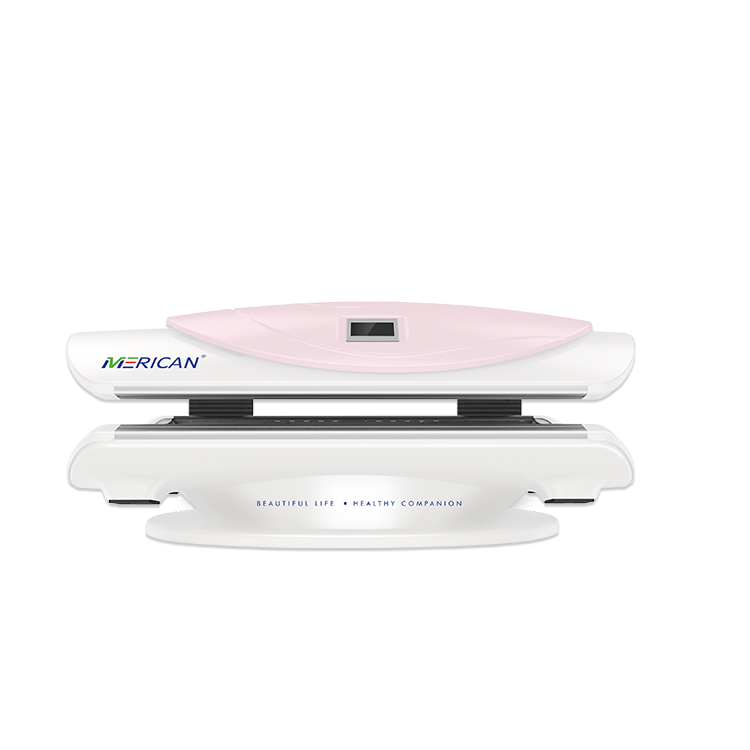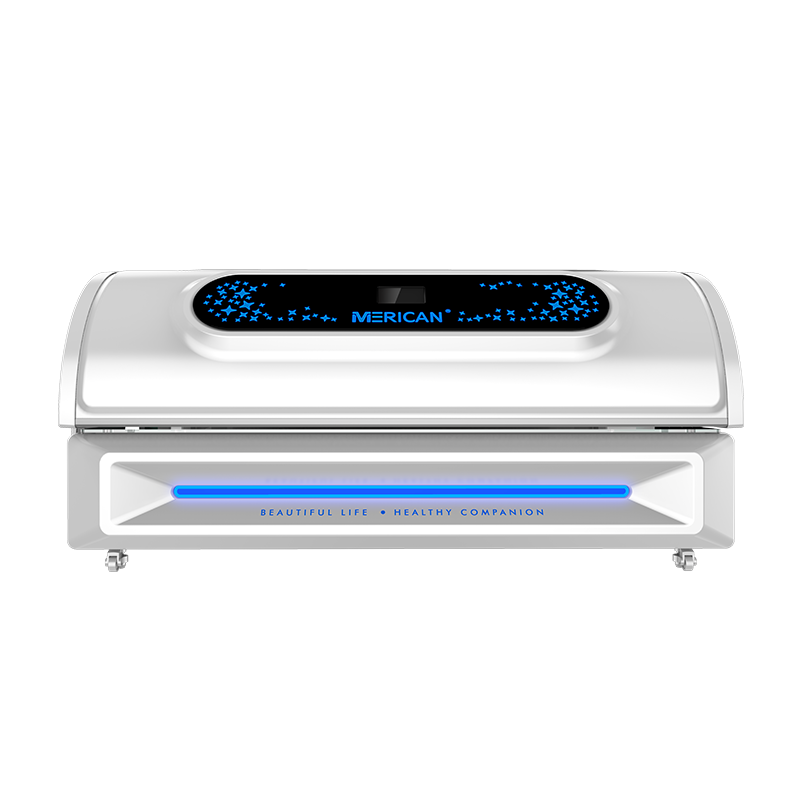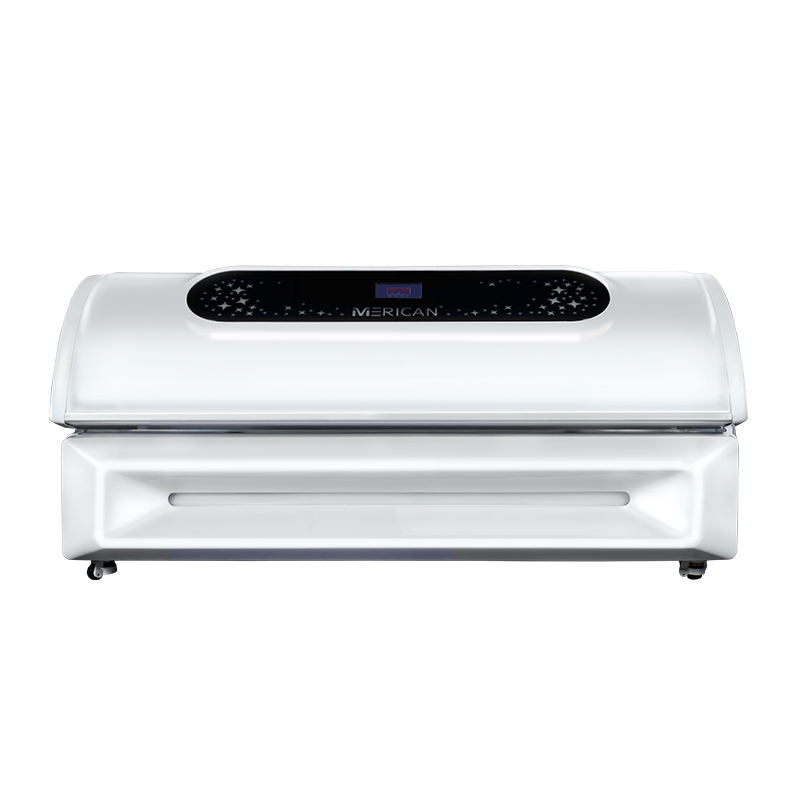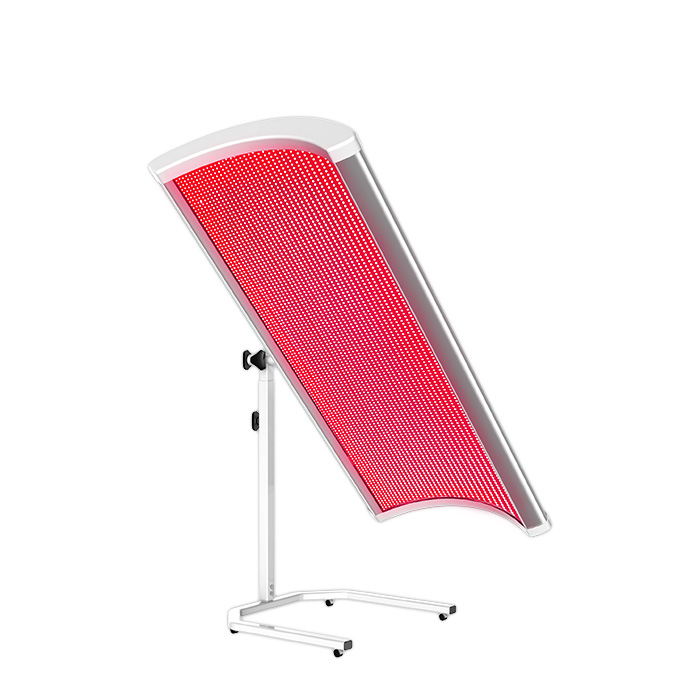산화 스트레스는 사이의 불균형이 있을 때 발생합니다. 자유 라디칼 (활성산소종 또는 ROS) 그리고 그로 인한 손상을 중화하거나 복구하는 신체의 능력. 자유 라디칼은 세포를 손상시킬 수 있는 반응성이 높은 분자입니다., 단백질, 그리고 DNA, 노화에 기여, 만성 질환, 염증.
산화 스트레스는 점차적으로 발생하고 다양한 증상을 나타낼 수 있으므로 정확히 찾아내는 것이 항상 쉬운 것은 아닙니다.. 하지만, 몇 가지 징후와 증상이 있습니다, 구체적인 테스트와 함께, 산화 스트레스를 다루고 있는지 확인하는 데 도움이 될 수 있습니다..
손짓 & 산화 스트레스의 증상
- 피로 또는 에너지 부족:
- 산화 스트레스는 미토콘드리아를 손상시킬 수 있습니다 (세포의 에너지 발전소), 만성 피로로 이어지거나 적절한 휴식에도 불구하고 기진맥진한 느낌을 받습니다..
- 조기 노화:
- 산화 스트레스가 증가하면 노화 과정이 가속화될 수 있습니다, 그 결과 주름이 생기고, 처진 피부, 가는 선, 콜라겐과 엘라스틴 섬유의 파괴로 인한 검버섯.
- 만성 염증:
- 산화 스트레스는 염증과 밀접한 관련이 있습니다. 다음과 같은 증상으로 고통받고 있다면 관절염, 염증성 장 질환, 또는 피부 상태 (예를 들어, 습진, 건선), 산화 스트레스가 원인이 될 수 있습니다.
- 약화 된 면역 체계:
- 산화스트레스는 면역체계를 약화시킨다, 감염에 더 취약하게 만듭니다., 질병, 및 자가면역 질환.
- 기억력 또는 인지력 저하:
- 자유 라디칼은 뇌 세포와 뉴런을 손상시킬 수 있습니다, 기억상실로 이어진다, 집중력, 뇌 안개, 또는 기타 인지 장애. 다음과 같은 조건 알츠하이머병 그리고 파킨슨병 산화 손상과 관련이 있습니다.
- 근육 약화 또는 관절통:
- 산화 스트레스는 다음에 기여합니다. 근육 피로 그리고 관절통, 종종 염증과 조직 파괴를 촉진하여. 운동 후 통증이 느껴지거나, 뚜렷한 원인 없이 통증이 지속되는 경우가 있습니다..
- 피부 문제:
- 산화 스트레스는 다음과 같은 상태를 악화시킬 수 있습니다. 좌창, 주사, 또는 습진 염증과 피부 세포 손상으로 인해.
- 불쌍한 상처 치유:
- 산화 스트레스가 있을 때, 신체의 자체 복구 능력이 느려집니다., 상처 치유 지연 또는 만성 부상으로 이어짐.
- 소화 문제:
- 장 내벽 세포에 대한 자유 라디칼 손상은 다음과 같은 문제에 기여할 수 있습니다. 위염, 장 누수, 과민성 대장 증후군 (IBS), 또는 소화 불편.
- 호흡기 문제:
- 산화 스트레스는 다음과 같은 폐 질환을 유발할 수 있습니다. 천식, 만성 폐쇄성 폐질환 (COPD), 그리고 만성 부비동염.
- 만성 질환의 위험 증가:
- 산화 스트레스는 다양한 만성 질환과 연관되어 있습니다, ~와 같은 심장 질환, 당뇨병, 암, 신경퇴행성 질환, 그리고 뇌졸중.
산화 스트레스의 원인
- 환경 독소: 오염, 담배 연기, 약, 독소는 모두 산화 스트레스를 증가시킬 수 있습니다.
- 식이 요인: 설탕 함량이 높은 다이어트, 가공식품, 건강에 해로운 지방, 또는 항산화 물질이 부족하면 산화 손상에 기여할 수 있습니다..
- 만성 스트레스: 물리적, 감정적인, 또는 심리적 스트레스는 활성산소 생성을 증가시키고 항산화 수준을 고갈시킬 수 있습니다..
- 신체 활동 없음: 앉아서 생활하는 생활 방식은 산화 스트레스와 대사 장애를 유발할 수 있습니다.
- 과도한 알코올 소비: 다량의 알코올을 마시면 활성 산소가 생성되고 신체의 항산화 물질이 고갈될 수 있습니다..
- 과도한 훈련 또는 과도한 운동: 운동은 일반적으로 유익하지만, 적절한 회복 없이 강렬하거나 과도한 운동을 하면 산화 스트레스가 증가할 수 있습니다..
산화 스트레스를 확인하는 방법:
If you suspect you have oxidative stress, here are a few ways to confirm it:
1. Blood Tests & Biomarkers
Some specialized tests can measure the levels of oxidative stress or free radical damage in the body. These tests may include:
- F2-Isoprostanes: A marker of lipid peroxidation (damage to fats in the body), which is often elevated in oxidative stress.
- Oxidized LDL: Elevated levels of oxidized low-density lipoprotein (LDL) cholesterol are associated with oxidative stress and cardiovascular disease.
- Superoxide Dismutase (잔디): This is an enzyme that helps neutralize free radicals. Low levels of SOD can indicate an imbalance in oxidative stress.
- Glutathione: Glutathione is a powerful antioxidant in the body, and low levels can be a sign of oxidative stress.
- Total Antioxidant Capacity (TAC): Measures the overall level of antioxidants in the body. Low levels can indicate an inability to combat oxidative damage effectively.
2. Imaging and Diagnostic Tools:
While not common for diagnosing oxidative stress, certain imaging techniques (좋다 MRI for brain health or ultrasound for arteries) may detect physical damage caused by oxidative stress, such as tissue inflammation or damage.
3. Dietary and Lifestyle Assessment:
- 당신이 가지고 있다면 high-sugar diet, chronic stress, 또는 lack of exercise, it’s worth considering that oxidative stress might be a concern. Consulting with a healthcare provider about lifestyle changes or supplementation might help.
- 에이 nutrient deficiency, particularly in 산화 방지제 (such as vitamins C, 이자형, 에이, and selenium), might indicate a need for dietary adjustments.
4. Symptoms Diary:
Keep track of persistent symptoms like fatigue, 관절통, cognitive issues, skin problems, or digestive discomfort, especially if they’ve been recurring or worsening. This could provide clues, but ultimately a healthcare professional will need to conduct tests for a definitive diagnosis.
What to Do if You Suspect Oxidative Stress
- Consult a Healthcare Provider: If you think oxidative stress is affecting your health, it’s important to see a doctor who can assess your symptoms, order appropriate tests, and recommend treatments or lifestyle changes.
- Antioxidant-Rich Diet: Include more fruits, vegetables, nuts, and seeds in your diet, as these are high in antioxidants that help combat oxidative stress.
- Exercise Regularly: 보통의, consistent exercise helps improve circulation, 염증을 감소, and increase antioxidant levels.
- Stress Management: Practice relaxation techniques such as meditation, 요가, 심호흡, or mindfulness to reduce oxidative stress triggered by emotional or psychological stress.
- Avoid Toxins: Limit exposure to environmental pollutants, tobacco smoke, and excessive alcohol consumption to reduce oxidative damage.
결론:
Oxidative stress can manifest through a wide range of symptoms, including fatigue, 조기 노화, 관절통, 피부 문제, and cognitive decline. While symptoms alone aren’t sufficient for diagnosis, specific biomarkers and tests can help confirm the presence of oxidative stress. If you’re experiencing multiple signs of oxidative stress, it’s important to consult with a healthcare provider to address the underlying causes and mitigate the effects through lifestyle changes, dietary adjustments, or supplements.



